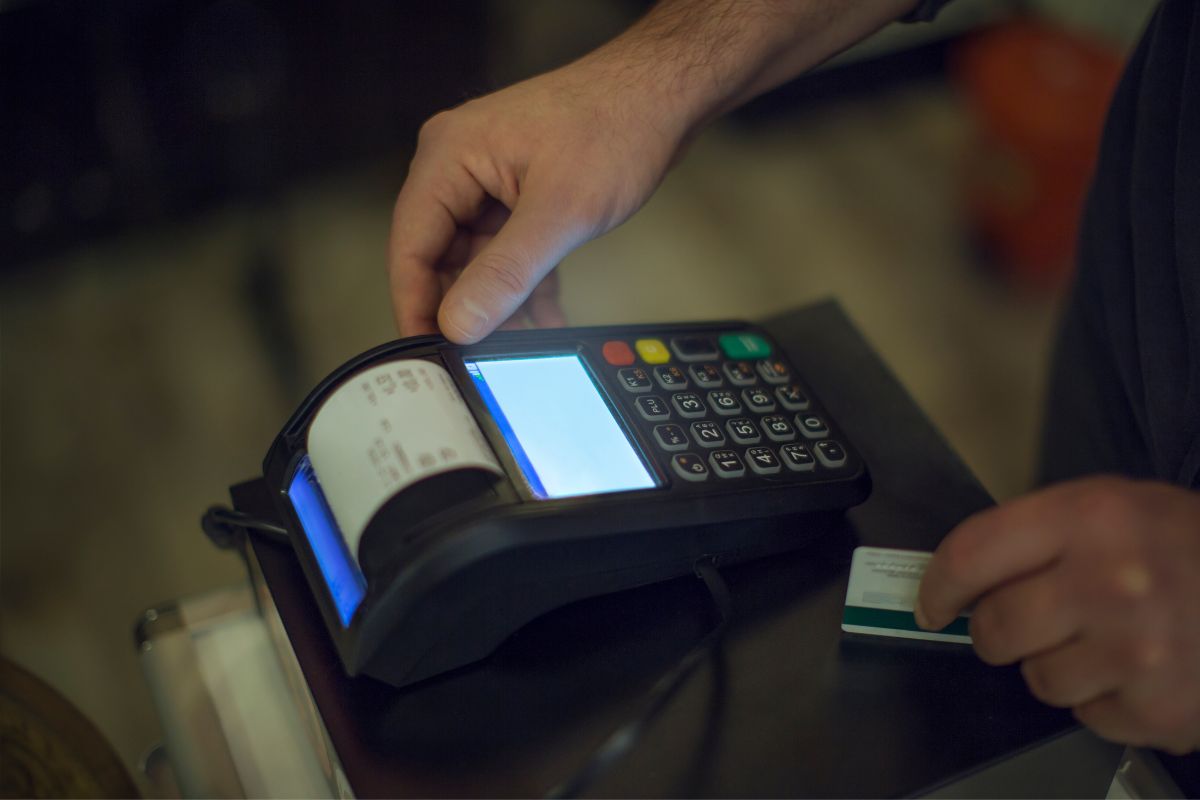Troubleshooting Internet Problems with Routers in Point of Sale (POS) Systems
Is a reliable internet connection essential for the smooth operation of your Point of Sale (POS) system in today’s digital age? From processing payments to managing inventory and sales data, your POS system depends on a stable and secure network. However, internet issues with your router can disrupt operations, resulting in lost sales and unhappy customers. This guide will walk you through common internet problems with routers in POS systems and provide troubleshooting tips to keep your business running smoothly.
Connection Drops Intermittently
One of the most frustrating problems businesses encounter is an intermittent internet connection. If your POS system frequently loses connection, it can severely impact transactions and customer service.
Troubleshooting Steps:
- Check for interference: Physical objects or devices such as microwaves, cordless phones, or even metal shelves can interfere with your router’s signal. Try moving your router to a higher, more central location or away from potential sources of interference.
- Update router firmware: Ensure your router’s firmware is up to date. Manufacturers often release updates to improve performance and security, which can help fix connection issues.
- Change Wi-Fi channels: Your router may be using a crowded Wi-Fi channel, causing slowdowns. Use a network analyzer tool to find less crowded channels and switch to one that offers better performance.
Slow Internet Speeds
If your POS system experiences slow transaction processing, lagging internet speed may be the issue. Slow speeds can result from multiple devices sharing bandwidth or router limitations
Troubleshooting Steps:
- Run a speed test: Use an online speed test to check if you’re getting the bandwidth your internet service provider (ISP) promised. If the speeds are significantly lower, you may need to upgrade your plan or contact your ISP.
- Limit connected devices: If multiple devices are connected to the router, they may be using up bandwidth. Try disconnecting unnecessary devices or setting up a separate network for your POS system to ensure it gets sufficient bandwidth.
- Reboot your router: Sometimes a simple reboot can resolve slow speeds. Power off your router for about 30 seconds, then restart it to refresh the connection.
No Internet Connection
If your POS system can’t connect to the internet at all, it can bring your operations to a halt. Here’s what to check if your router is providing no internet access.
Troubleshooting Steps:
- Check cables and connections: Ensure that all Ethernet cables are securely connected to the router and modem. A loose connection could be the cause of the issue.
- Restart your modem and router: Power cycle your modem and router by turning them off, waiting for 30 seconds, and then turning them back on. This helps reset the connection and often resolves no-internet issues.
- Verify ISP service status: If your internet is still down, check with your internet service provider to ensure there’s no service outage in your area.
POS System Can’t Connect to the Router
Sometimes, your POS device itself has trouble connecting to the router even when the internet is working fine.
Troubleshooting Steps:
- Check Wi-Fi settings on your POS system: Ensure that your POS system is connected to the correct Wi-Fi network and that the network password is entered correctly.
- Reboot your POS system: If the system can’t connect, try rebooting it. Sometimes the internal settings or software need a reset to re-establish a connection.
- Update POS software: Outdated software can cause compatibility issues between your POS device and the router. Ensure your POS system’s software is up to date.
Weak Wi-Fi Signal
A weak Wi-Fi signal can cause slowdowns or disconnections, particularly if your POS system is far from the router.
Troubleshooting Steps:
- Relocate the router: Place your router in a central location with minimal physical barriers (walls, furniture) between it and your POS system.
- Use a Wi-Fi extender: If moving the router isn’t an option, consider using a Wi-Fi extender to boost the signal to areas where the POS system operates.
- Switch to a wired connection: If Wi-Fi isn’t reliable, a wired Ethernet connection can provide a more stable internet connection for your POS system.
Router Overheating
Over time, routers can overheat, especially if they are in enclosed spaces or are running constantly, which may cause internet connection drops or slowdowns.
Troubleshooting Steps:
- Check the router’s ventilation: Make sure your router is placed in a well-ventilated area and isn’t covered by anything that could block airflow.
- Clean the router: Dust buildup can lead to overheating. Regularly clean your router to ensure it functions properly.
- Use a cooling pad: For routers that are prone to overheating, placing a cooling pad under the device can help maintain stable performance.
When to Call in Professional Help
A stable internet connection is crucial for the seamless operation of your POS system. While many common router issues—such as slow speeds, weak signals, or intermittent connections—can be resolved with basic troubleshooting like updating your router or minimizing interference, some problems require a deeper solution. Persistent issues, such as faulty hardware, incorrect configuration, or ongoing internet disruptions from your ISP, may necessitate professional help.
At Merchant Services, we specialize in diagnosing and resolving network issues that impact POS systems. Whether you need help identifying a connectivity problem or optimizing your POS setup, our team is ready to assist. Don’t let internet problems slow down your business—reach out to us today at 480-745-0981 for fast and reliable support.
